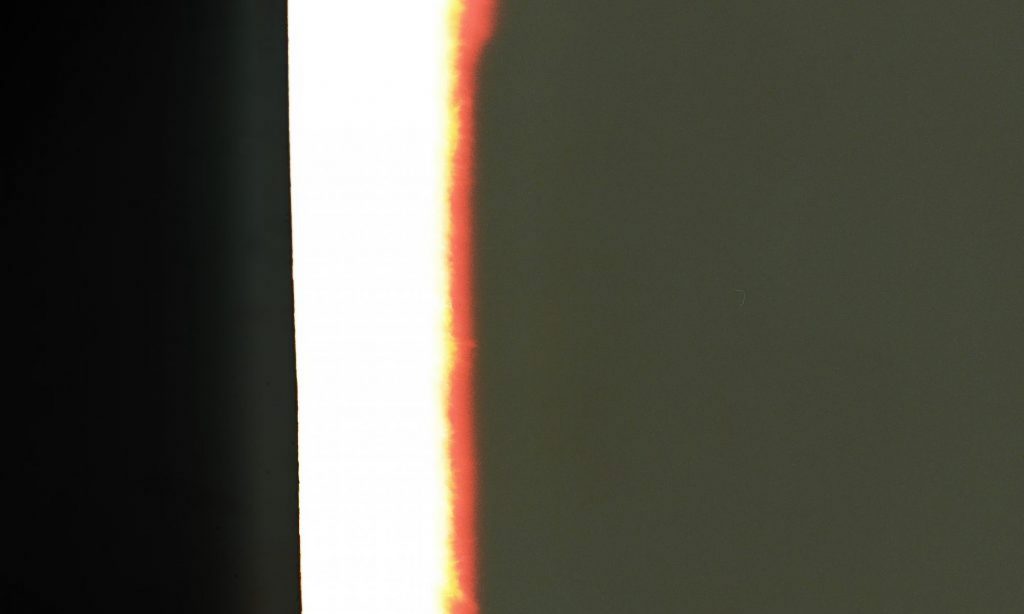Hi Vicky, this is just the transcript of the tutorial we had earlier. I barely understand your handwriting and I feel I won’t be able to remember what we talked about without transcribing it.
Practice Based Project: developing tests for incorporating graphics into images (on top of large prints) / gestures suggest movement.

